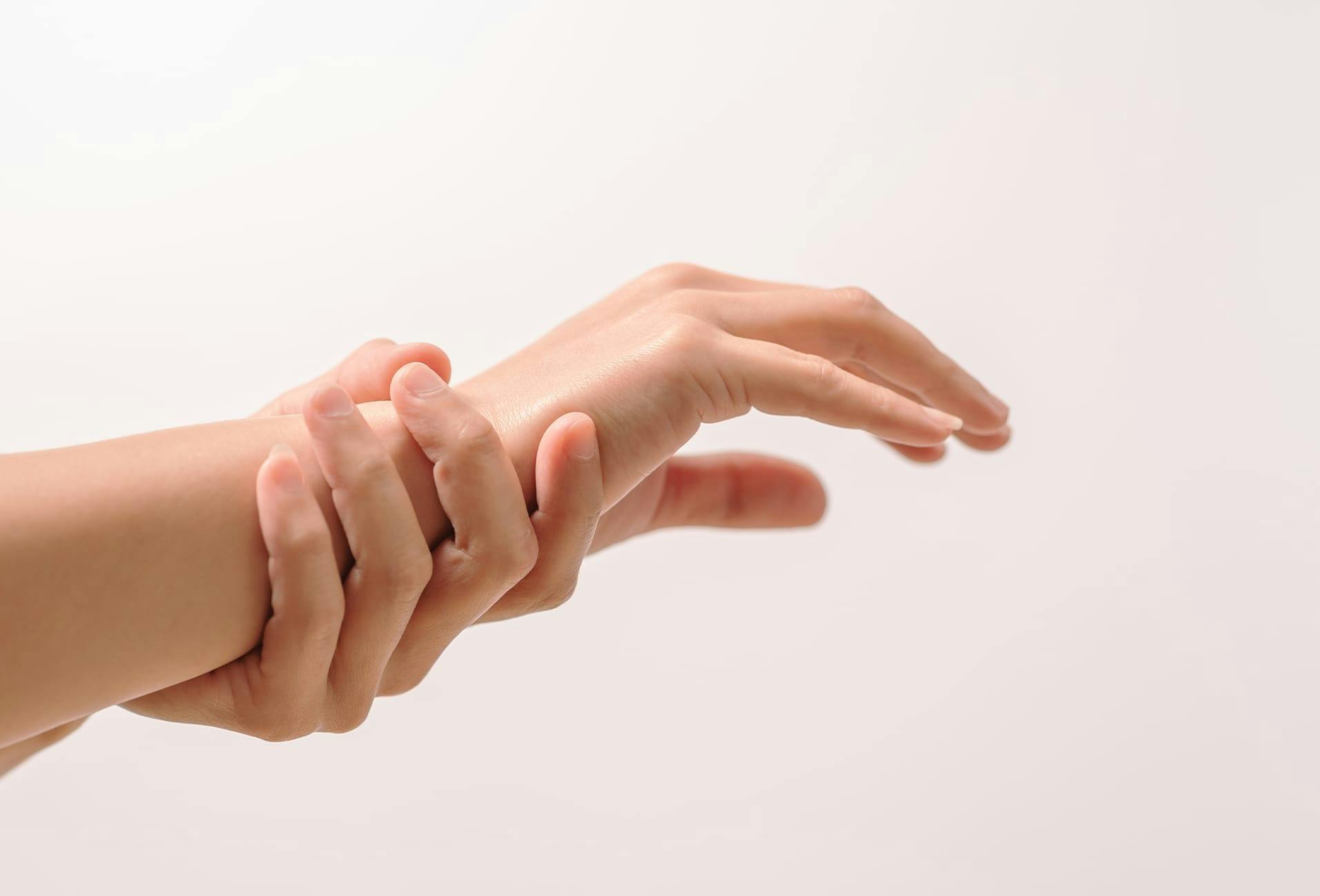A fracture occurs when enough force is applied to a bone to break it. When this happens there is pain, swelling and decreased use of the injured part.
How does a fracture affect the hand?
Fractures often take place in the hand. A fracture may cause pain, stiffness, and loss of movement. Some fractures will cause an obvious deformity, such as a crooked finger, but many fractures do not. Because of the close relationship of bones to ligaments and tendons, the hand may be stiff and weak after the fracture heals. Fractures that involve joint surfaces may lead to early arthritis in those involved joints.







